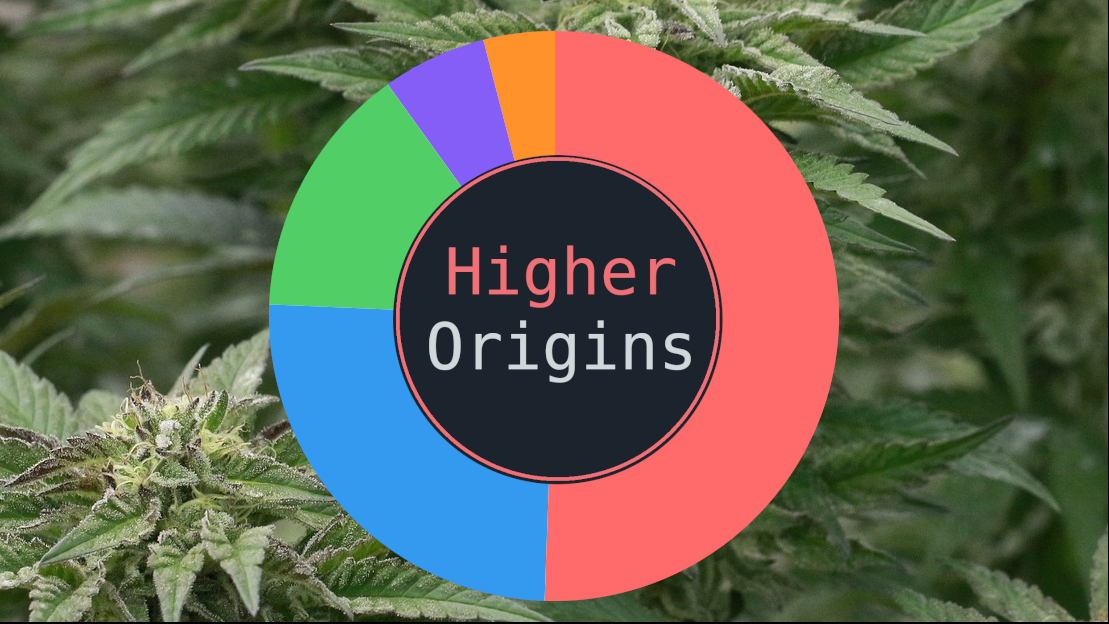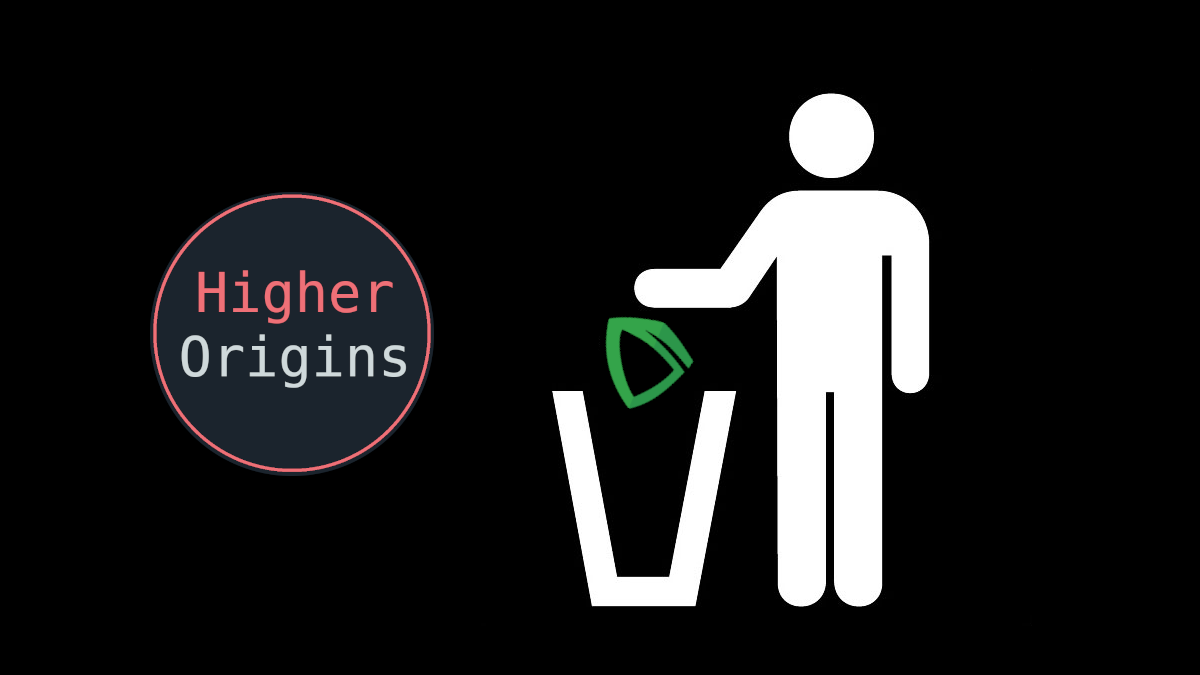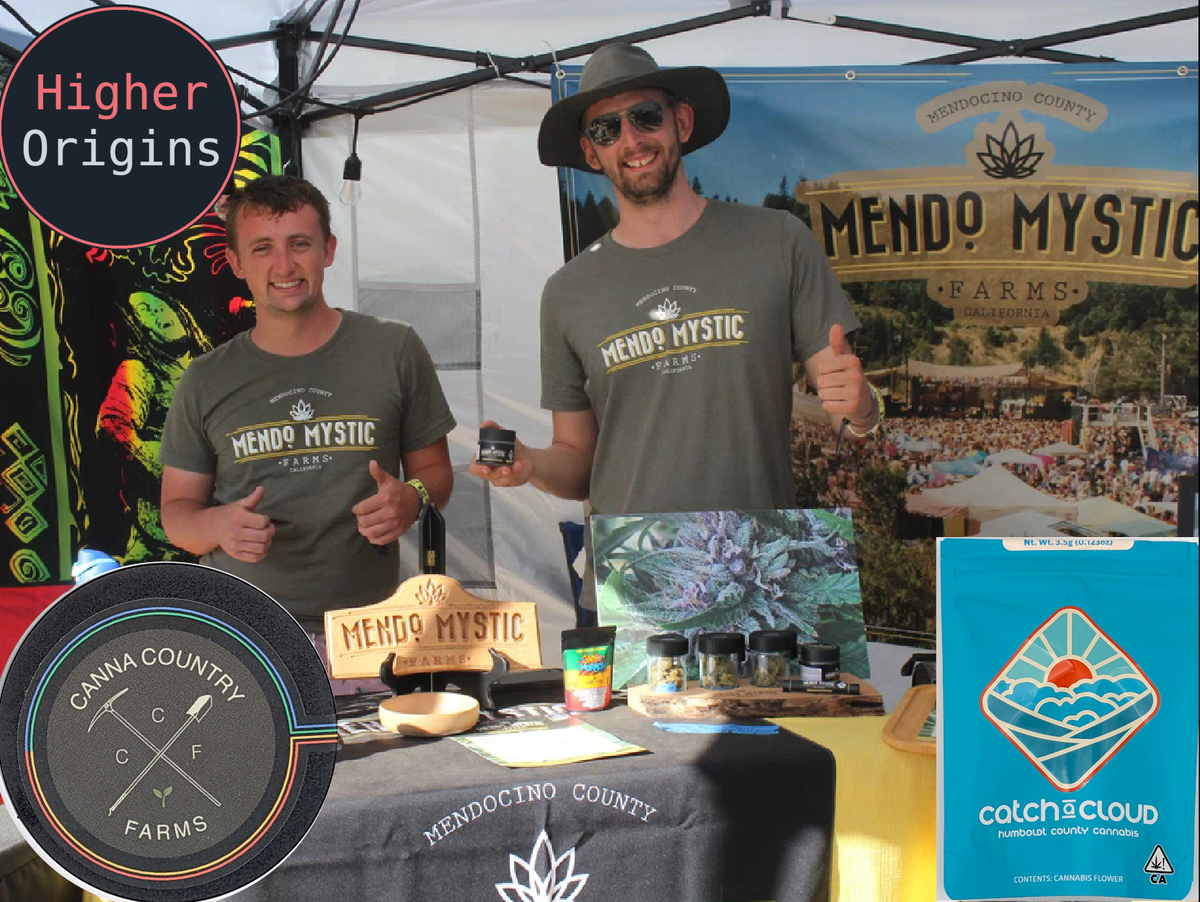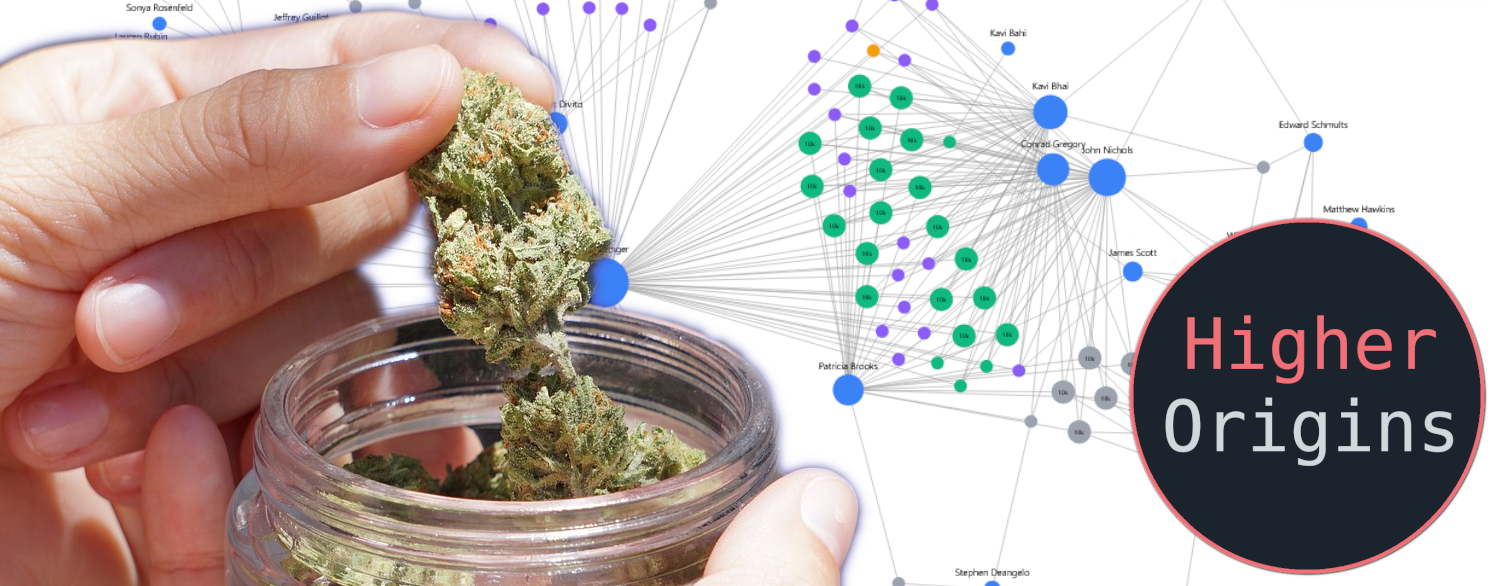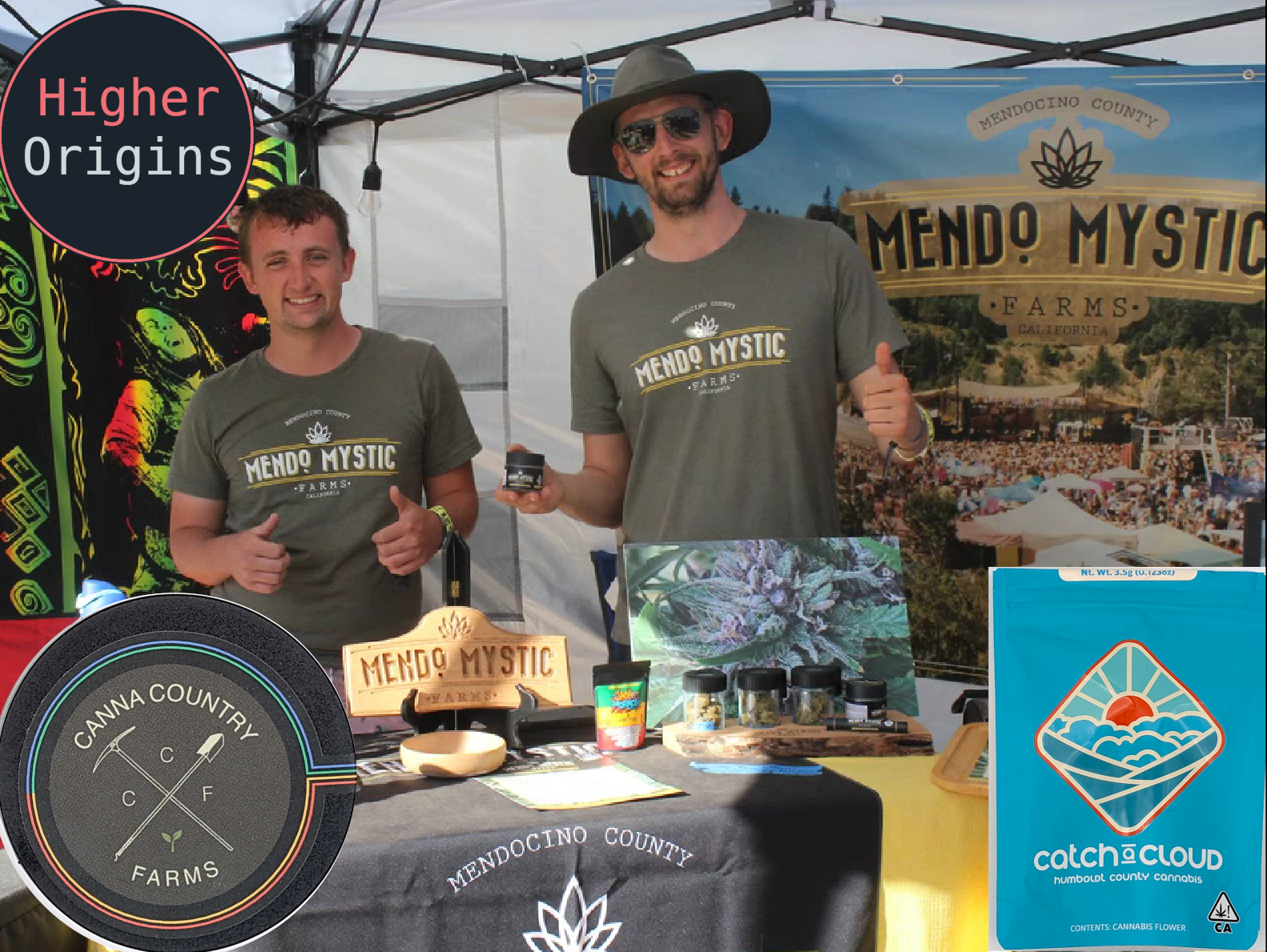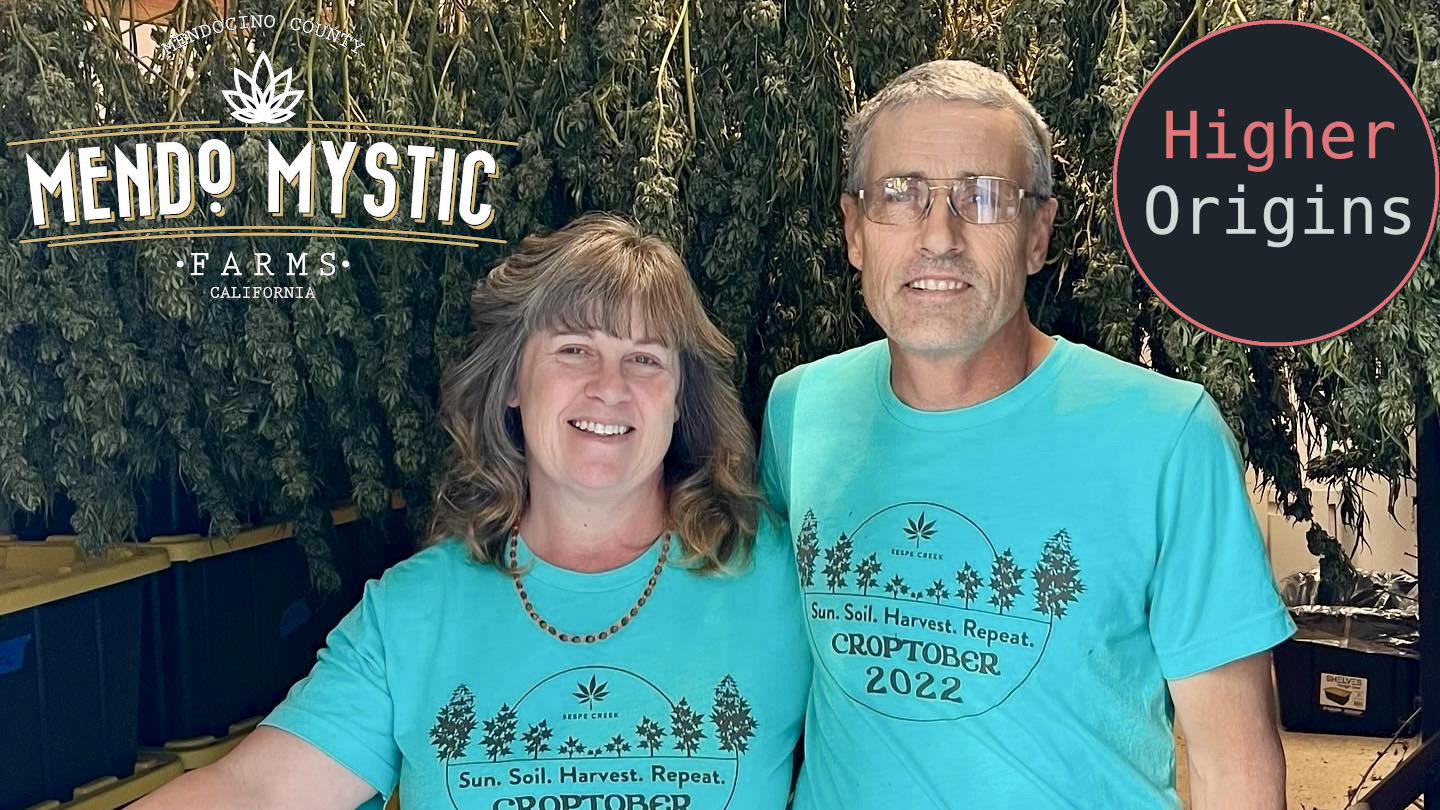*Editor's note 1/11/24: This article has been updated to fix an error in our data for Manufacturing license data. The cause of the error has been identified and patched.
It's that time again! Harvests are curing, buyers are calling, and fingers are resiny, which means it's time for our industry insights report on what happened in the California cannabis industry in the third quarter of 2023. If you're new to these reports, every quarter we analyze and present the trends within the California Department of Cannabis Control's license list, which gives up to date information on the current state of the industry.
Overall Trends
Let's start with a look at the overall amount of active licenses over time, split across the three main kinds of businesses in the industry: cultivation, manufacturing, and commercial sales/distribution.

Manufacturing has slightly trended downward, breaking it's fairly flat pattern for the past few quarters.
Commercial licensure is more or less on trend, although there is currently a slight downturn. While this isn't a serious enough downturn to ring alarm bells, it's something to keep an eye on. We're thinking it probably has something to do with fallout from high-profile distribution failures earlier this year creating a domino effect, or potentially due to the drop in cultivation, some distros simply can't get enough weed to sell to stay open.
Cultivation is sitting in the high 6,000's with only a very slight reduction of loss over time. While this looks pretty bad, let's look at the actual square footage for more context.
Cultivation Trends

When we look at the square footage across the three main categories of cultivation, we see:
Indoor is flatlined around 10 million sq feet statewide, which due to year round harvests, means that it's probably producing at least as much cannabis as the mixed light industry.
Mixed light has continued it's downward trend, which has been going for a year now. We're honestly not sure what is driving this slow decline.
Outdoor is interesting. To really understand what's going on there, it helps to understand Large Licensing. The short explanation is this: Large licenses went into effect at the start of the year, and allow farms to convert any number of smaller licenses to be operated as just one Large license. Those small licenses that were converted get listed by the state as inactive, so looking at their license status paints a more negative trend of the market. In reality, that converted square footage is actually still being grown, just consolidated under a Large license. For more info, check out our recent deep dive on the subject here. What we're seeing with the new outdoor growth is licenses that were preemptively cancelled a quarter or so be forehand getting converted into Large licenses- simply put, this is a lagging indicator caused by the state's inconsistent reporting of Large license conversion dates.

This view more clearly shows the growth in Large licenses.
Small size licenses are continuing their downward trend, no doubt helped by conversion to Large
Medium licensure is also slowly increasing, which also has a small conversion impact.
Specialty licenses are small and level, like always. It seems like those few businesses who see fit to hold a specialty license are satisfied and successful where they are, and there is little to no market incentive for people to get more.

Digging deeper into Large conversion, we can see here that over the course of the year to date, the greatest conversion was around the middle of the year for outdoor. Likely, operators wanted to get all their conversion done before they started their full term planting in the second half of the year.

As expected, the majority of the Large conversion happened in the Central Coast counties, likely due to their relaxed regulations on larger operations and amounts of open agricultural space. In the Emerald Triangle, Humboldt converted a fair amount, and Lake county continued it's trend of licensing big operations as well.

Let's look at closed farms by county, broken down by total cultivation size per business. To clarify, some of this square footage may have been converted to large licenses, so some of these may be significantly lower.
Was anyone really surprised to see Santa Barbara at the top of this list? As usual, the "American Riviera" tops the list for closing cannabis operations among large businesses.
Unfortunately, Humboldt comes in at second, with a solid loss to the smaller farms of the Emerald triangle.
The Monterey/Santa Cruz region collectively lost over a million square feet of cultivation, driven largely by bigger licenses.
The rest of the losses are less significant, although Mendocino County's loss of 150-200,000 sq ft is sad to see in our home county.

In terms of new cultivation per county by business size:
Humboldt gained significantly more grow area than it lost last quarter, showing that the growth of small farms in the region is still resilient.
Seeing Santa Barbara in second place is odd, especially when it comes to any kind of diverse business size growth other than megafarms. It seems like smaller enterprises are starting to grow more in the county, potentially taking up the land left behind by the failed megafarms of late 2022/early 2023.
Lake and Monterey's growth however is solidly driven by larger operations. Monterey didn't offset it's losses last quarter, but Lake did.

When we look at cultivation as a whole, smaller operations are still dominating the industry. This breakdown is fairly standard to the 50% small/25% medium/25% large ratio we've seen so far over the past two years. The trend is holding strong so far.
Let's look at manufacturing!
Manufacturing Trends

The stability of manufacturing seems to be breaking, with a consistent decrease across the board in all licenses.

By this point, we expect LA to top any chart about Manufacturing, so that is no surprise. Statewide, most losses were in the same category- Type 6 nonvolatile. This makes sense, as the market usually corrects in the categories with the most competition.
Growth of manufacturing this quarter was so small, we don't even need a graph!
Kern county added one type N Infusion license.
Humboldt and Mendocino counties each added one type 6 Non-volatile license.
Overall, Manufacturing seems to have entered a contraction, with all categories down. As market difficulties continue, and existing manufacturers scale and optimize their operations, it makes sense that a certain amount of license holders won't be able to compete or maintain enough production to justify staying open.
Let's check out the commercial market!
Commercial Trends

Both retail and distribution licensing began a loss trend this last quarter, reflecting the increased competition in the LA-dominated retail scene. Likewise, this year has been plagued with financial problems with distributors and retailers- everyone seems to be running out of money, and not paying for product. High profile failures like that of Herbl may have had a market contagion effect and put some associated licenses out of business.

Shockingly, the historically anti-cannabis Orange County has match LA for growth, with neighboring Riverside in third place. It appears that the rapid growth in LA has grown into surrounding counties, and brought with it a need for distribution and logistics. Interestingly, Humboldt has seen a few more Transport licenses- it seems that we can expect more Transit vans full of Triangle weed to be heading south to feed the state's appetite.

The new downtrend in Commercial licensing has hit LA and the Bay hard. No county has gained more than it lost. Event Organizers have had it especially rough- the already small category of license took a major hit.
And that's it for Q3! It's been an interesting one, from the correction of the Manufacturing and Commercial markets, to tracking the affect of Large license growth on cultivation. Now that Harvest is pretty much done, we'll be spending the next few months helping farms get their product to market, working on our new features, and continuing to expand our cannabis community throughout the state. If you are a California cannabis license holder, consider joining Higher Origins, or become a supporter to help us keep serving the cannabis industry.
Don't forget to empty the dehumidifier!
-The Higher Origins team
